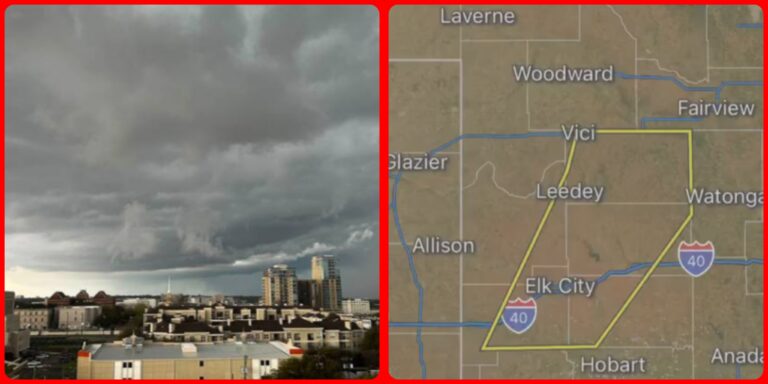
8/31/2021- 1:20 p.m.
Flash flood watches stretch more than 1,200 miles, spanning an area from the Florida Panhandle to Cape Cod, Mass. The National Weather Service has included much of that zone in a level 3 out of 4 “moderate risk” of excessive rainfall and flash flooding, with major cities such as Washington, Baltimore, New York and Boston in line Wednesday.
Category 5 strength, bringing calamitous storm surge inundation, destructive winds and overall disaster to areas near and south of New Orleans. Now, the relentless storm, which remains a tropical depression as it swirls through the Deep South toward the Tennessee Valley, is slated to drop a slug of serious rainfall, bringing widespread flash flooding and the risk of a few tornadoes.
Tornado watches will probably be issued Tuesday afternoon and much of Wednesday for areas east of Ida’s disintegrating center.
A growing risk for tornadoes will also accompany Ida’s remnants as they move up the East Coast, with the potential for scattered quick-hitting funnels that could touch down with relatively little warning.
Peak rainfall totals in Alabama and Mississippi have reached the double digits. Gulfport-Biloxi International Airport posted 10.72 inches. Wilmer, a town west of Mobile, Ala., reported 11.24 inches, while Mobile Regional Airport registered 9.41 inches.
Amounts in Tennessee generally ranged from 2 to 4 inches, but the rainfall was only halfway done — an additional 1 to 3 inches is likely to be there by midnight Tuesday night.
From there, Ida’s remnants shift north and east, drenching Kentucky with 1 to 3 inches, West Virginia with 2 to 4 and the Panhandle of Maryland with 3 to 5. Then, by Wednesday, a serious deluge will unfold in southern Pennsylvania and New Jersey, where 4 to 7 inches are expected.
Confidence is also growing in a significant flood event in New York City late Wednesday into Thursday, where more than 10 inches have already fallen in August. That’s more than two and a half times the average for the month; simply stated, the ground is saturated in the region and can’t handle much more rainfall.
“A [level 4 out of 4] High Risk area may ultimately be needed” for that rainfall, the National Weather Service warned, but subtle track shifts of even 30 or 40 miles could spell all the difference in where that rainfall bull’s eye ultimately ends up. Northern parts of the Delmarva Peninsula could see plentiful rainfall, too.
Long Island, southern Connecticut, Rhode Island and southeastern Massachusetts, including the Cape and the Islands, area also likely to see a broad swath of 4 inches of rainfall with amounts locally exceeding 6 inches Thursday; rain totals will diminish quickly to the north and west, meaning it will be a game of feast or famine in Hartford, Providence and Boston. It’s still unclear which it will be.
A greater risk of tornadoes will brew Wednesday, when Ida begins to acquire mid-latitude characteristics and develop more pronounced fronts. A cold front will trail behind the system as southerly winds ahead of it lift a warm front through the Mid-Atlantic region. That will place Maryland, the Delmarva Peninsula, Virginia and North Carolina in the “warm sector” of the storm as a sultry, tropical air mass overspreads the area.
Tornadoes are possible east of Interstate 65 and west of Interstate 85 along the Alabama-Georgia border Tuesday, with a risk zone that includes cities such as Dothan, Columbus, Phenix City and the greater Atlanta area. Tropical tornadoes are often difficult to detect on radar because of their shallow and quick-forming circulations, which radar beams often “overshoot.” That means that any spin-ups that occur may come with little warning.




